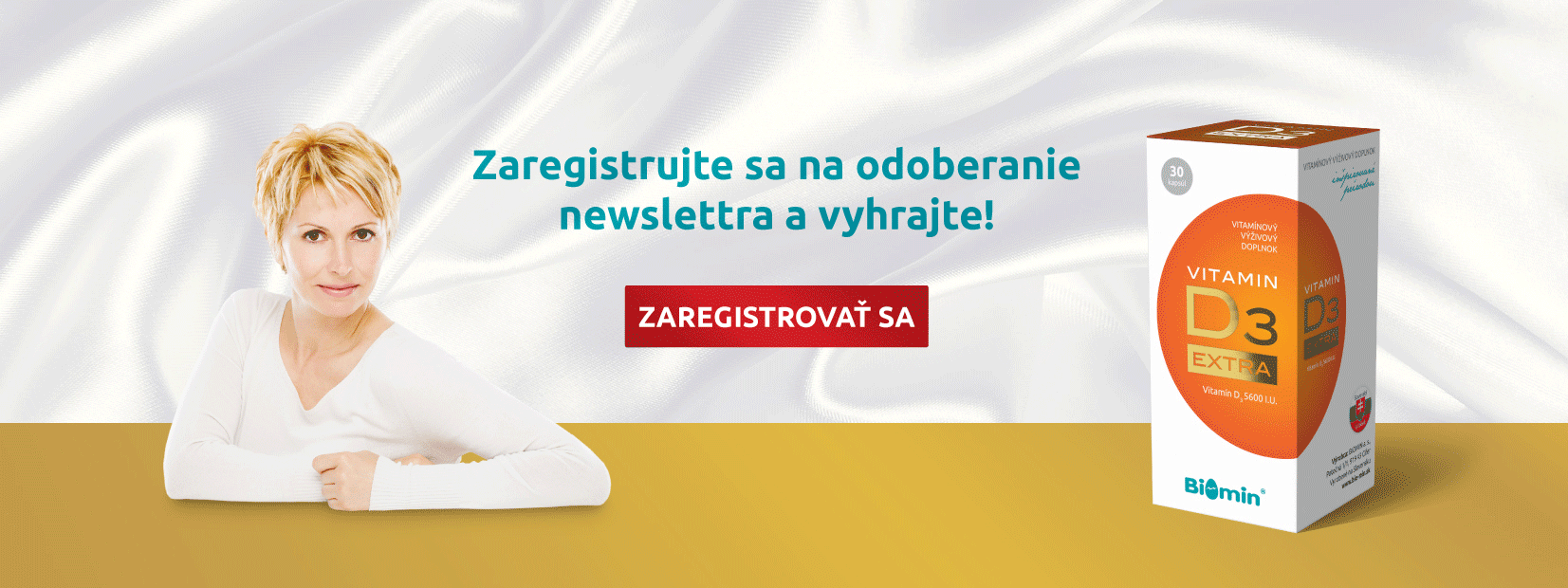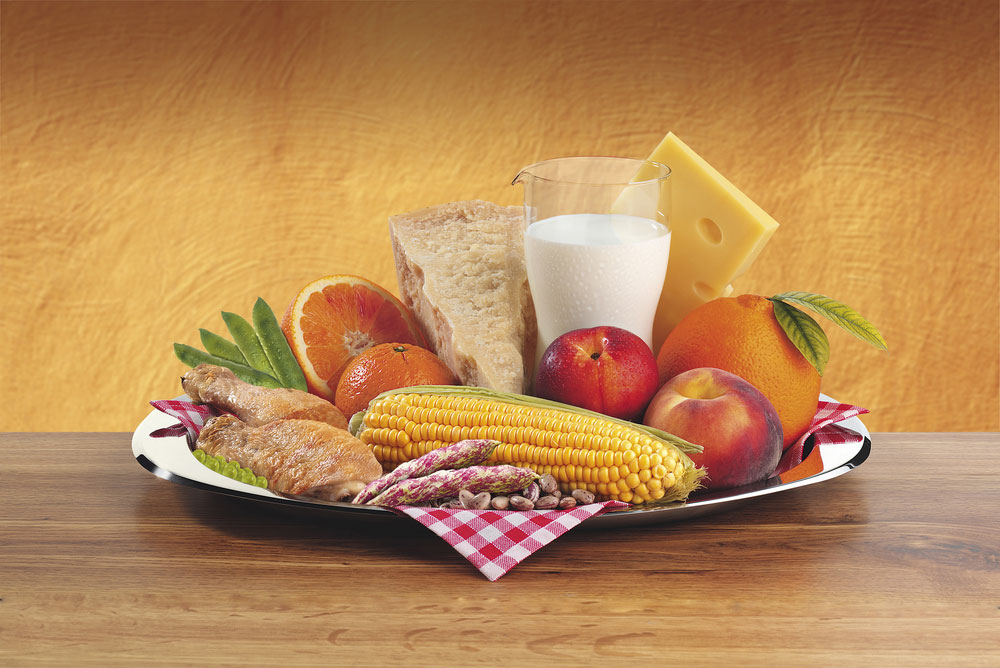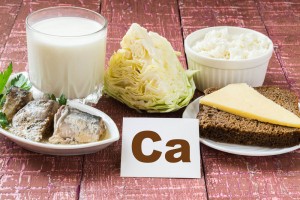A critical period for bone formation is childhood and puberty. Healthy lifestile, especially healthy diet, adequate and sufficient physical activity and safe stay at the sun are important for our strong and healthy bones. Calcium is an important building block of bones and it is stored in the body mostly during childhood and adolescence up to 35 years of age.
Growth spurt
Children typically grow slowly and gradually. However, in some developmental stages they can gain several centimeters in only one month. We call it a growth spurt. Most commonly it occurs in the first two years of the childhood and later on, in puberty. During this period of time, there is an increase demand for vitamins and minerals intake and thus it is very important to pay attention that child has a proper diet. Because during the growth spurt, there is more rapid bone growth, it is important to ensure a proper intake of minerals, especially calcium.
The child grow faster in the first year of life and there might be gain of 20 to 25 cm per year. In the second year, the growth slows down slightly, but it is still quite fast, with average gain of about 10 to 12 cm per year. Some infants use to be more hungry and need more frequent breast feeding. In the first year of life, children are given vitamin D drops, which helps to regulate calcium metabolism in the body. The baby receives all necessary nutrients from breast milk or artificial milk. Subsequently, the sufficient nutrient supply depends only on the proper child’s nutrition. If you are not sure whether your child has sufficient calcium intake or if your child has intolerance of dairy products, you should see a pediatrician, who will assess health condition of your child and recommend appropriate diet or treatment.
Some children might complain of, so called, growth pain in the legs, which can wake them up especially at night. To mitigate these type of pain a combination of calcium, and vitamin D3 and K2 might be helpful.
Sample Menu
During the development and growth, a diet is vital not just for the overall well-being of children, but for a good start of adulthood, as well. A balanced diet in childhood may in fact be preventive of a wide variety of diseases. The fundamental quality of a children’s diet should be the diet that has enough energy, vitamins, minerals and maintains proper ratio of its main components.
How much calcium per day should children take?
| Age | Recommended daily dose of calcium |
|---|---|
| Source: Society for Osteoporosis and Metabolic Bone Diseases, Slovak Medical Association | |
| 0 – 6 months | 400 mg |
| 6 months – 1 year | 600 mg |
| 1 – 5 years | 800 mg |
| 6 - 10 years | 800 – 1,200 mg |
How should a child’s menu rich in calcium look like?
The daily diet of children should consist of 5-6 courses, including three main dishes (breakfast, lunch and dinner), and 2 to 3 smaller meals (morning snack, afternoon snack). The drinks are an integral part of the children’s diet (water, tea, milk, cocoa, diluted fruit juice, but no coke and sweetened drinks). When putting together your diet, it is very important to take into account the child’s age, taste and any dietary restrictions.
Preschool age
- Breakfast: bread with cottage cheese spread, or whipped cottage cheese with fruit
- Snack: fruit, biscuits
- Lunch: vegetable soup, chicken, rice and vegetable
- Snack: roll, yogurt
- Dinner: mush (buckwheat, rice, …)
School age
- Breakfast: muesli with milk
- Snack: bread with butter and chicken ham, vegetable or fruit
- Lunch: chicken soup, fish fillet with potatoes, compote
- Snack: roll, yogurt
- Dinner: bread with butter, cottage cheese and vegetable












